The Impact of Social Media Apps on Communication, Relationships, and Mental Health
Category: Mobile Technology
Date: April 2023
Views: 1.46K
1. Introduction
Social media platforms such as Facebook, Twitter, Instagram, LinkedIn, TikTok, and Snapchat have transformed the way we communicate and build relationships. With the advent of these platforms, people can easily connect and communicate with others across the globe, share their thoughts and experiences, and stay updated on news and information. However, with this increased connectivity and exposure comes concerns about the influence of social media on communication and relationships.
This article will explore the various ways in which social media apps impact communication and relationships. We'll delve into topics such as user behavior on social media apps, the influence of social media on mental health, marketing and social media, technology and social media, and social issues related to social media. We'll also examine the demographics of social media users and the various communities that exist within social media platforms.
By the end of this article, you'll have a better understanding of the role that social media apps play in shaping our communication and relationships, as well as the positive and negative impacts they can have.
2. Communication on Social Media Apps
Social media apps have revolutionized the way we communicate with one another. Some of the key ways in which we communicate on social media apps include:
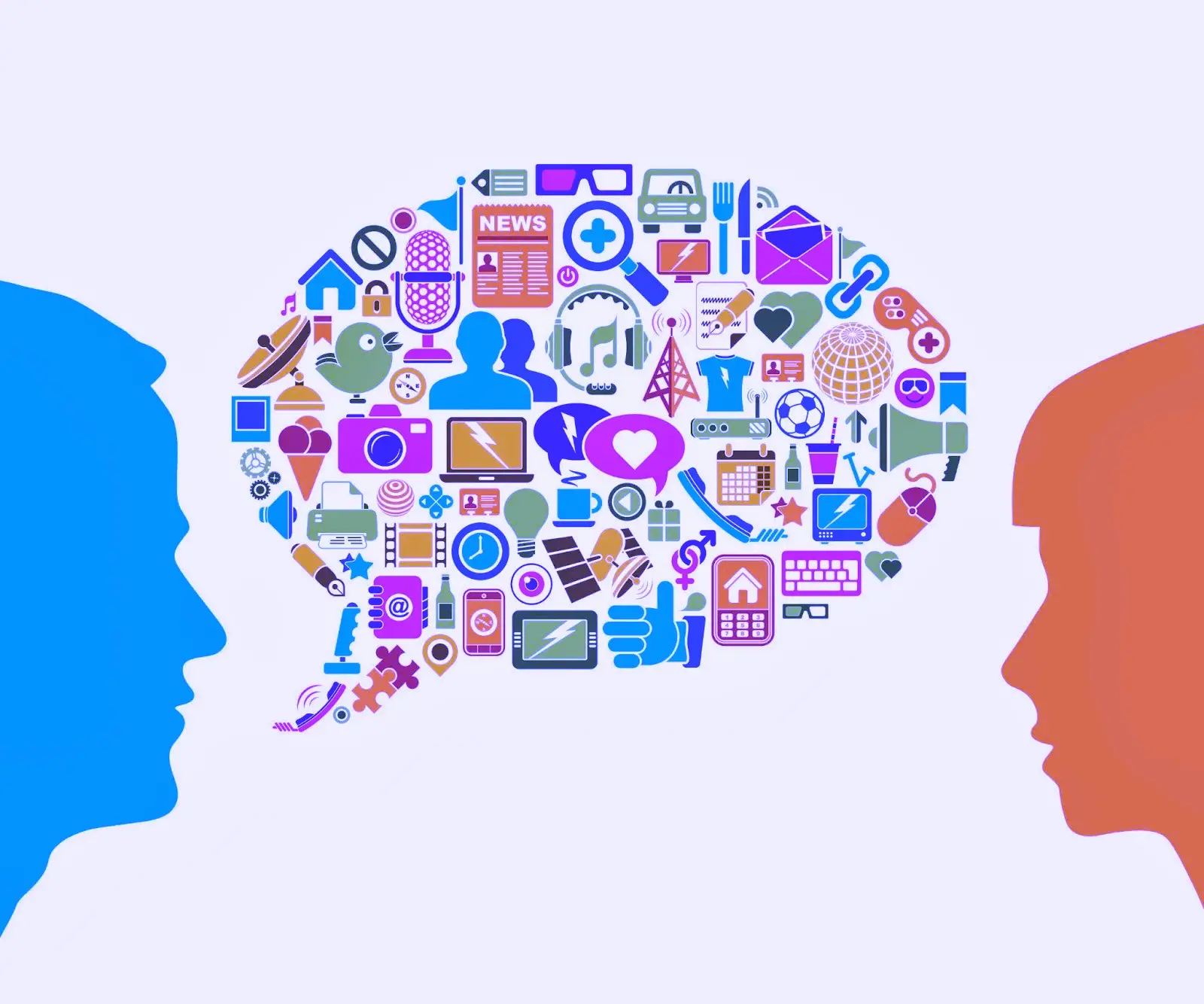
Messaging: Social media apps allow us to send direct messages to other users, which can be a quick and convenient way to communicate one-on-one.
Commenting: Users can comment on posts and engage in discussions with other users.
Direct messaging: Some social media apps, such as Instagram and Twitter, allow users to send direct messages to other users. This can be a more private and personal way to communicate.
Sharing: Users can share photos, videos, and other content with their followers or specific groups of users.
Liking: Users can express their approval or appreciation for posts and content by liking them.
Tagging: Users can tag other users in their posts or comments, which can help to increase visibility and engagement.
While social media apps have made communication more accessible and convenient, they also come with potential downsides. Some of these downsides include:
Privacy concerns: Users may share personal information without realizing it or may be subject to data breaches and cyber threats.
Addiction: Social media can be addictive, and users may find themselves spending excessive amounts of time on social media apps.
Social comparison: Social media can foster feelings of inadequacy and social comparison, as users compare themselves to others who may present idealized or unrealistic versions of their lives.
Cyberbullying: Social media can also be a breeding ground for cyberbullying and harassment.
Overall, while social media apps have transformed the way we communicate, it's important to use them responsibly and be aware of the potential risks and downsides.
3. Relationships and Social Media Apps
Social media platforms have changed the way people interact and communicate with each other, including their relationships. Here are some ways social media apps have influenced relationships:
Friendship: Social media apps have made it easier to connect and maintain friendships, even across long distances. People can stay in touch with old friends and make new ones through common interests and groups.
Romantic relationships: Social media apps have also impacted romantic relationships. Some people use social media to flirt and find potential partners, while others use it to maintain their current relationships by staying connected and sharing their lives.
Familial relationships: Social media apps have allowed families to stay connected, especially those who live far apart. People can share updates, photos, and videos with their loved ones and feel like they are part of each other's lives.
Professional relationships: Social media apps have become a popular way to network and find job opportunities. LinkedIn, in particular, is a platform designed for professionals to connect and collaborate with each other.
Community relationships: Social media apps have also facilitated the formation of online communities where people with similar interests, backgrounds, or identities can come together and interact.
However, there are also potential downsides to social media's influence on relationships, such as:
Miscommunication: Communication through social media can be misinterpreted, leading to misunderstandings and conflicts.
Social comparison: Social media apps can foster an environment of social comparison, where people compare themselves to others and feel inferior or inadequate.
Privacy concerns: Sharing personal information on social media apps can raise privacy concerns and even put individuals at risk of identity theft or cyberbullying.
Overall, social media apps have both positive and negative effects on relationships, and it's up to the users to navigate and manage their online interactions.
4. The Influence of Social Media Apps on Communication and Relationships
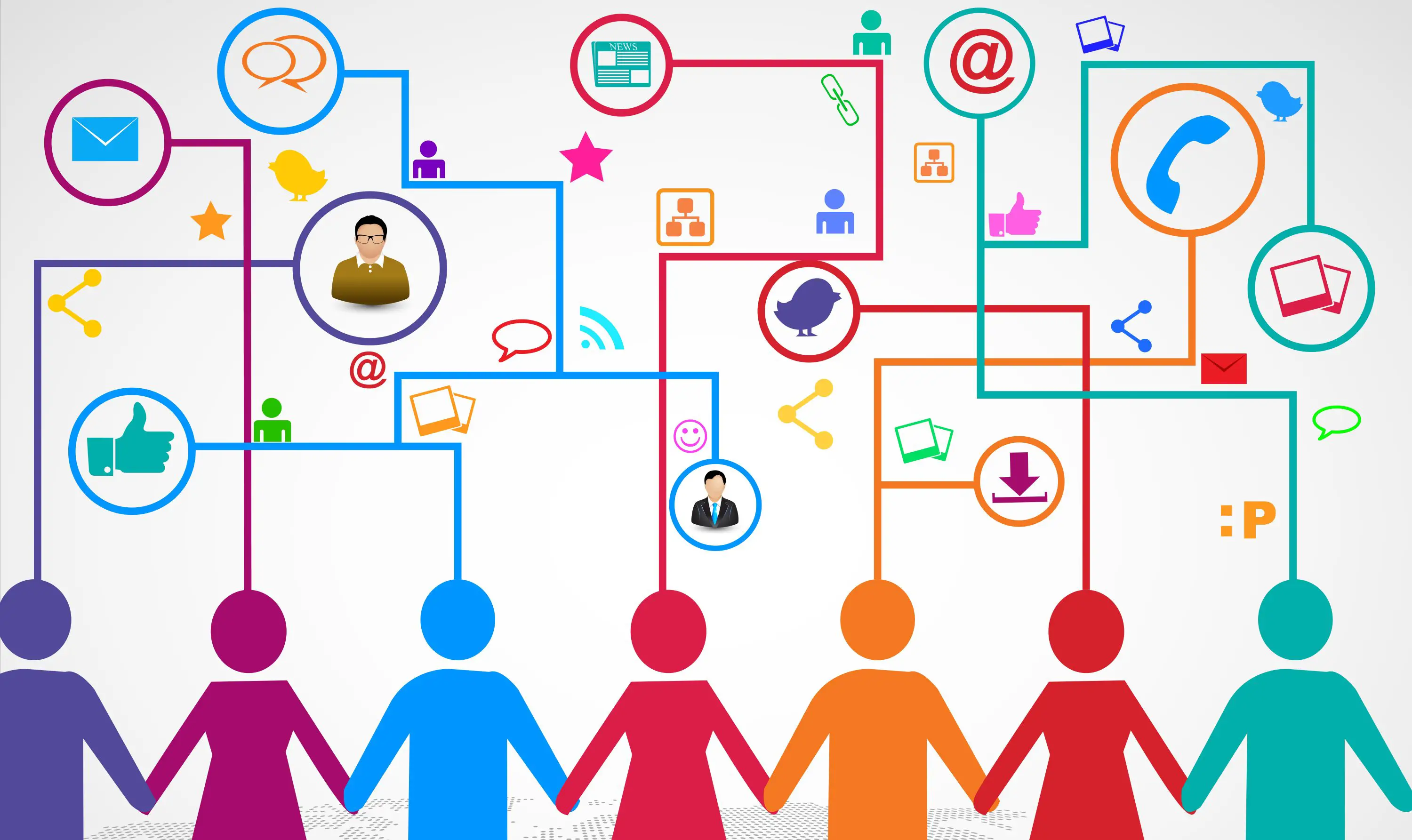
Social media apps have a profound impact on the way we communicate and form relationships. Here are some of the ways in which these apps influence our interactions with others:
Increased accessibility: Social media apps make it easier than ever to communicate with others. Whether it's through messaging, commenting, direct messaging, or sharing content, these apps provide us with a platform to connect with people from all over the world.
Instant gratification: Social media apps provide instant gratification in the form of likes, comments, and notifications. This can be addictive and can lead to a constant need for validation and attention.
Creating new relationships: Social media apps have made it easier to form new relationships, whether they are professional or personal. With the ability to join groups and communities based on common interests, we can connect with people who share our passions and values.
Changing the nature of relationships: Social media apps have also changed the way we form and maintain relationships. For example, long-distance relationships have become easier to manage with the ability to communicate instantly and regularly through messaging and video calls.
Creating unrealistic expectations: Social media apps can create unrealistic expectations of relationships and communication. The curated nature of social media can make it seem like everyone else has perfect relationships and communication skills, which can lead to feelings of inadequacy and isolation.
Providing a platform for conflict: Social media apps also provide a platform for conflict and disagreements. It's easy to misinterpret messages and comments, and this can lead to misunderstandings and arguments.
Overall, social media apps have both positive and negative influences on communication and relationships. It's important to be aware of these influences and use social media in a way that promotes healthy communication and relationships.
5. User Behavior on Social Media Apps
The way users behave on social media platforms has a significant impact on communication and relationships. Here are some aspects of user behavior to consider:
Online Interaction: Social media allows for constant online interaction with others. Users can engage in conversations, share content, and react to others' posts in real-time.
Engagement: The level of engagement on social media apps can vary widely. Some users may be very active, while others may only use the platform to consume content.
Sharing of Personal Information: Social media apps encourage users to share personal information, such as their location, interests, and hobbies. However, this can also lead to privacy concerns, as users may not be aware of who can see their information.
Privacy Concerns: Users may be concerned about the privacy of their personal information, as social media platforms often collect data about their users.
Addiction: Social media can be addictive, as users may feel compelled to constantly check their feeds and interact with others.
Social Comparison: Social media can also lead to social comparison, as users compare their lives to others' curated online personas.
Overall, user behavior on social media apps can have both positive and negative effects on communication and relationships.
6. Mental Health and Social Media Apps
Social media apps have a significant impact on the mental health of their users. Here are some ways in which they affect mental health:
Anxiety and Depression: Social media can trigger feelings of anxiety and depression, especially in young adults. Studies have shown that excessive social media use can lead to negative mental health outcomes, such as feelings of loneliness and isolation.
FOMO (Fear of Missing Out): Social media can create a sense of FOMO, which is the fear of missing out on events or experiences that others are having. This can lead to feelings of inadequacy and low self-esteem.
Cyberbullying: Social media can be a breeding ground for cyberbullying, which can have devastating effects on mental health. Victims of cyberbullying may experience depression, anxiety, and even suicidal thoughts.
Addiction: Social media apps are designed to be addictive, and many users find themselves spending hours on these platforms. This can lead to feelings of anxiety and stress when they are unable to access their social media accounts.
To mitigate the negative impact of social media on mental health, users should be mindful of their social media usage and limit their time on these platforms. It is also important for social media companies to take responsibility and prioritize the well-being of their users by implementing measures to reduce negative mental health outcomes.
7. Marketing on Social Media Apps
Social media platforms have become an integral part of marketing strategies for businesses of all sizes. With millions of users active on these platforms daily, they offer an opportunity for brands to reach a wider audience and engage with potential customers. Here are some ways in which marketing is done on social media apps:
Influencer Marketing: Many businesses collaborate with influencers on social media to promote their products or services. Influencers have a large following and can help businesses reach a wider audience.
Sponsored Content: Social media platforms allow businesses to create sponsored content, which is displayed to users in their feed. This content is identified as "sponsored" or "promoted" and can reach a larger audience than organic posts.
Paid Advertisements: Social media platforms also offer paid advertising options, allowing businesses to target specific demographics based on factors like age, gender, location, and interests.
Social Commerce: Social media platforms like Instagram and Facebook allow businesses to sell products directly through their platform. This feature is called social commerce and has become increasingly popular in recent years.
Marketing on social media apps is not without its challenges. Businesses need to be careful not to come across as spammy or intrusive, which can lead to negative feedback from users. They also need to be mindful of the algorithm that determines what content is shown to users and adjust their strategy accordingly.
Overall, social media apps have revolutionized the way businesses market their products and services, providing new and effective channels for reaching potential customers.
8. Technology and Social Media Apps
Technology plays a vital role in the development and evolution of social media apps. Social media apps are highly sophisticated and complex software systems that rely on various technologies to deliver their functionalities. Here are some ways technology influences social media apps:
Algorithms: Social media apps use algorithms to determine what content to show to users. These algorithms are designed to show users the most relevant and engaging content based on their previous activity on the app. Algorithms also play a significant role in determining what content gets promoted and what gets demoted or removed from the platform.
Artificial Intelligence: Social media apps use artificial intelligence (AI) to analyze user data and provide personalized experiences. For instance, AI can analyze user behavior to predict what content users are likely to engage with and show them more of that content.
Data Collection: Social media apps collect massive amounts of data from users. This data is used to provide personalized experiences and to target users with advertising. However, the collection of personal data has raised concerns about privacy and security.
Machine Learning: Social media apps use machine learning to analyze data and improve their algorithms. Machine learning can identify patterns in user behavior and use those patterns to make predictions about what content users are likely to engage with.
User Interface: Social media apps rely on a user-friendly interface to make them accessible to a wide range of users. User interface design is critical to the success of social media apps because it can affect how users interact with the platform.
Augmented Reality: Some social media apps have started incorporating augmented reality (AR) technology into their platforms. AR allows users to overlay digital information onto the real world, creating new and innovative ways to interact with the platform.
Virtual Reality: Social media apps are also experimenting with virtual reality (VR) technology. VR can provide users with immersive experiences that allow them to interact with other users and content in a more realistic and engaging way.
These technologies have significantly influenced the development and evolution of social media apps, and their continued use and advancement will shape the future of social media.
9. Social Issues and Social Media Apps
Social media apps have not only revolutionized communication and relationships but have also raised various social issues that need to be addressed. Here are some of the social issues related to social media apps:
Social justice: Social media has become a powerful tool for social justice movements. People can use social media to raise awareness about various social issues such as racism, sexism, homophobia, and ableism. Social media has played a vital role in organizing protests and raising funds for various social causes.
Censorship: Social media platforms are known for their strict community guidelines and content policies. Some users believe that these policies are biased, and certain communities or individuals are unfairly censored or silenced. Social media companies are constantly under pressure to strike a balance between protecting users from harmful content and promoting free speech.
Freedom of speech: Social media has created a platform for people to express their opinions and ideas freely. However, this freedom has also led to the spread of hate speech, fake news, and misinformation. Social media companies are now struggling to regulate the content that is posted on their platforms without infringing on the users' freedom of speech.
Democracy: Social media has had a significant impact on the democratic process. Political campaigns are now using social media to reach out to voters and spread their message. However, social media has also been blamed for the spread of fake news and misinformation, which can influence the election outcome.
Online harassment and cyberbullying: Social media has made it easier for people to harass and bully others anonymously. Cyberbullying can have a severe impact on mental health, and social media companies are now taking steps to curb online harassment and promote digital well-being.
Privacy and security: Social media platforms collect vast amounts of personal data from their users, which can be vulnerable to cyber threats and data breaches. Social media companies are now under pressure to protect their users' privacy and provide better security measures.
Addiction: Social media addiction is a growing concern among users, particularly among younger generations. Social media companies use algorithms and user interface design to keep users engaged for longer periods. This addiction can have a severe impact on mental health, productivity, and overall well-being.
Fake news and misinformation: Social media has become a breeding ground for fake news and misinformation. Social media companies are now using artificial intelligence and machine learning to detect and remove false information from their platforms.
These social issues related to social media apps highlight the need for constant monitoring and regulation of social media companies to ensure that they operate in the best interest of their users and society as a whole.
10. Demographics and Social Media Apps
Social media apps have become ubiquitous in today's society, and their impact can be seen across various demographics. Here are some key points to consider:
Age: While younger generations tend to be more active on social media apps, there is still a significant presence of older adults. Facebook, for example, has a strong presence across all age groups, while platforms like Snapchat and TikTok are more popular among younger generations.
Gender: There are differences in social media app usage based on gender. For example, women tend to use Instagram more frequently than men, while men tend to use Twitter and LinkedIn more frequently than women.
Race and ethnicity: There are also differences in social media app usage based on race and ethnicity. For example, Black and Hispanic users are more likely to use Instagram than white users, while white users are more likely to use Pinterest and LinkedIn.
Socioeconomic status: There are also differences in social media app usage based on socioeconomic status. For example, higher-income individuals are more likely to use LinkedIn and Twitter, while lower-income individuals are more likely to use Facebook and Snapchat.
Geographical location: Social media app usage can also vary based on geographical location. For example, Facebook is more popular in rural areas, while Instagram is more popular in urban areas.
Understanding these demographic differences can be important for businesses and marketers looking to target specific audiences on social media apps. However, it's important to keep in mind that these demographics are not static and can change over time as social media app usage evolves.
11. Conclusion
Social media apps have become an integral part of our daily lives, affecting the way we communicate and interact with others. While they offer many benefits, such as the ability to connect with people from all over the world, they also present challenges and risks, such as cyberbullying and mental health issues. It is important for users to be aware of these risks and to use social media apps responsibly.
Furthermore, businesses and marketers have recognized the power of social media apps as a marketing tool, but must also be mindful of ethical considerations such as transparency and privacy concerns.
Overall, social media apps continue to evolve and shape our society in both positive and negative ways. As technology continues to advance, it is important for us to remain informed and responsible users of these platforms.
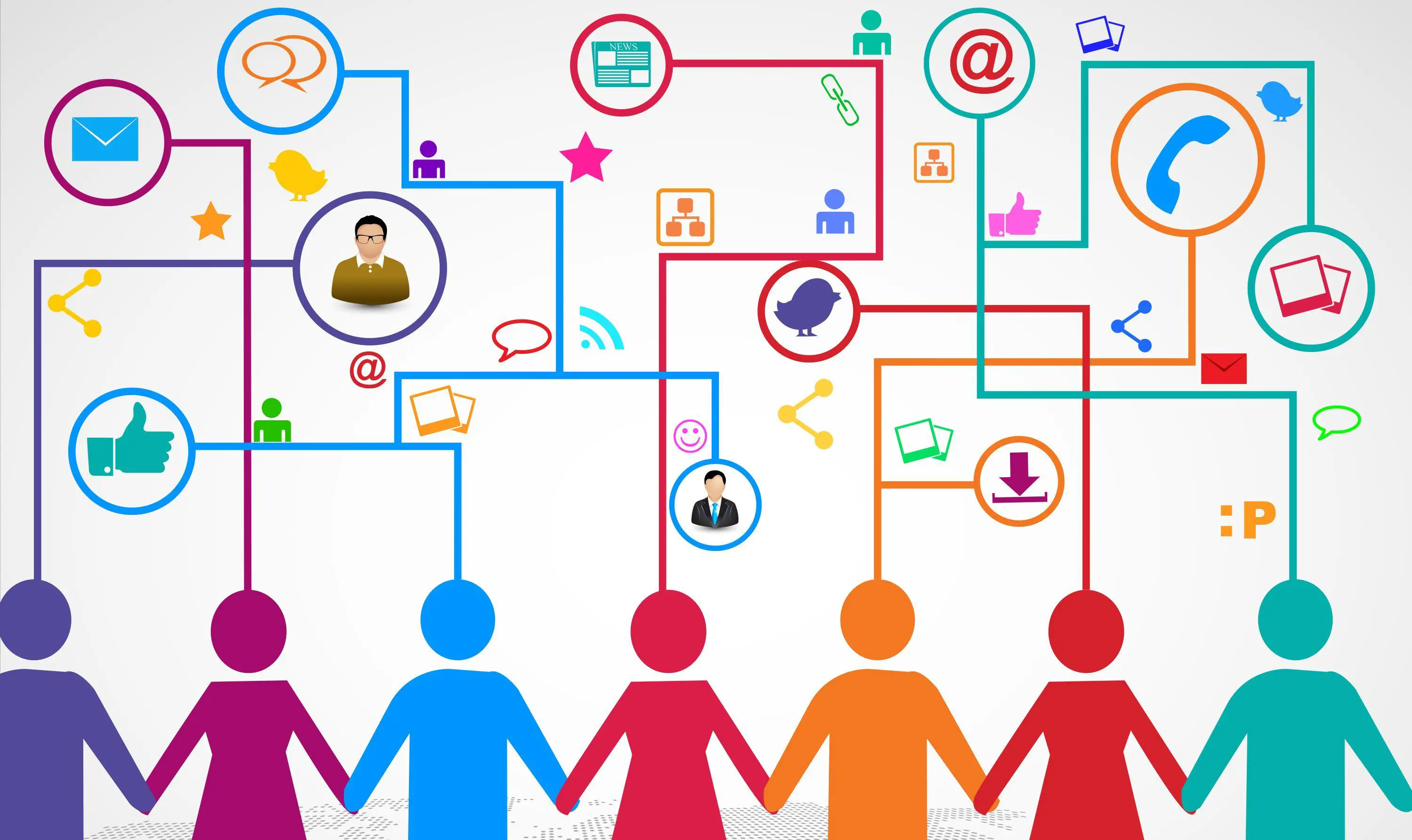
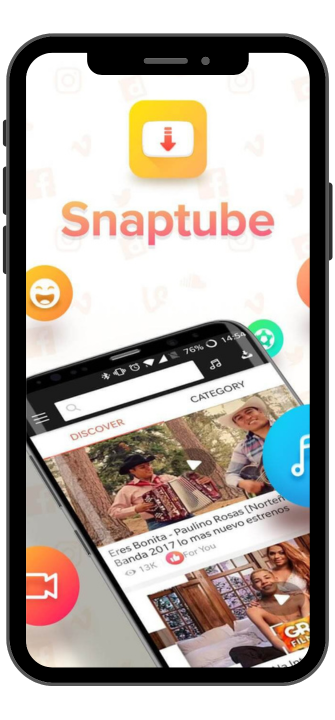

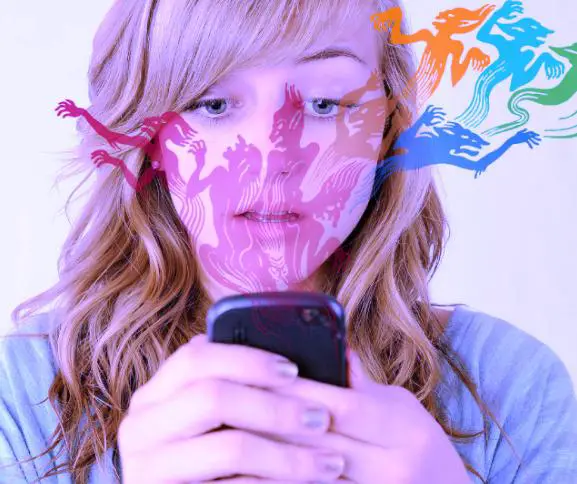



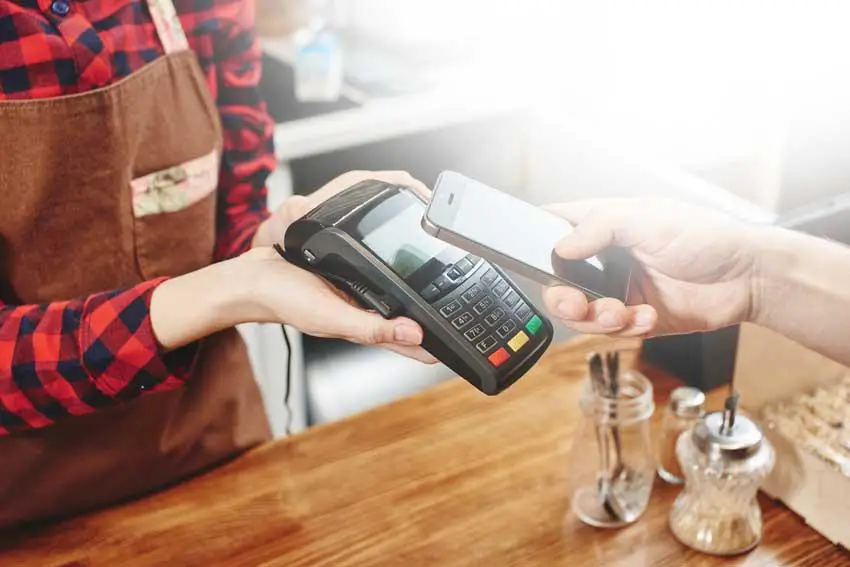













0 Comments, latest